 St. John Neumann
St. John Neumann
Image: The Natl Shrine of St John Neumann
John Neumann was born on the 28 March, 1811 in what is now the Czech Republic. Studying in Prague, he was a talented student and it was no surprise that he was accepted into seminary despite great competition. When it was time for John to be ordained, his Bishop died and all ordinations were canceled.
Unwilling to give up his vocation, John immigrated to New York according to Franciscan Media where the diocese was in dire need of priests. John was soon ordained and sent to Williamsville, NY where he tended to the spiritual needs of over a hundred German speaking families. Not happy just helping local Catholics, Fr, Neumann started saying Masses in frontier towns, traveling the countryside and throughout Maryland, Virginia and Ohio with candles and a chalice on his back.
Fr. Neumann soon gained attention from his superiors because of his tireless dedication and ability to speak in 8 languages. News of this Priest reached Pope Pius IX and he was appointed Bishop of Philadelphia, serving some 170,000 Catholics. In his new position Bishop Neumann, was able to continue his work helping those in need but now, on a much larger scale.
Bishop Neumann was the first person to organize a Catholic school system and built 100 new schools in just 8 years, also constructing Saint’s Peter and Paul Cathedral, numerous hospitals, churches, orphanages and a seminary.
In 1860 Bishop Neumann died of a stroke while walking down the street and laid to rest in St. Peter the Apostle Church in Philadelphia.
Well known for his holiness, learning, spiritual writing and ministry, he became the first American Bishop to be beatified and subsequently was Canonized by Pope Paul VI in 1977
More here from Catholic Online and here from Franciscan Media
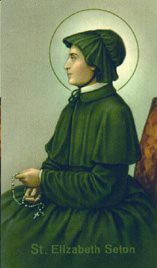

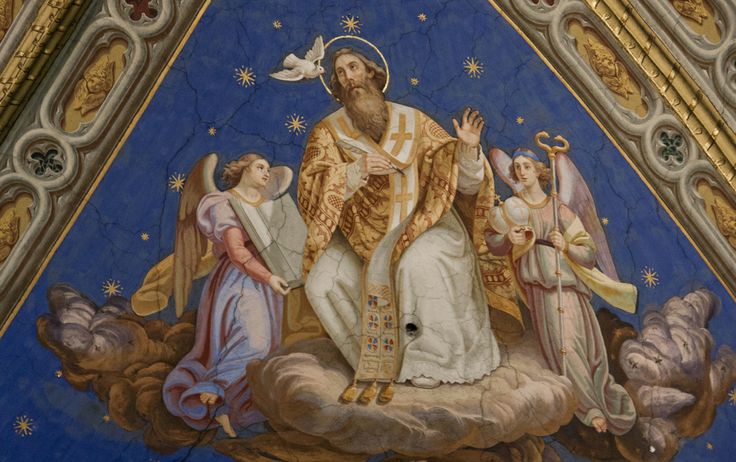 Saint Basil the Great (329-379) Image Courtesy:
Saint Basil the Great (329-379) Image Courtesy: 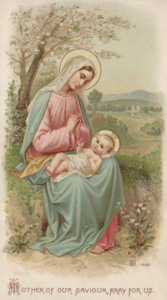
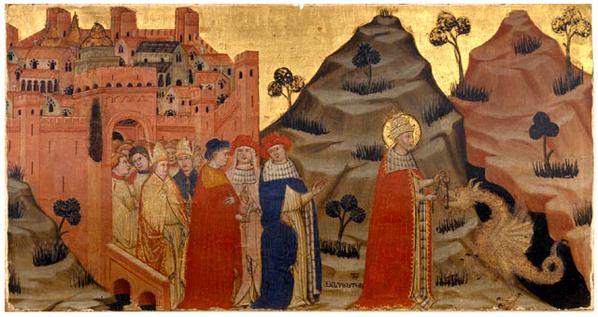 Pope St. Sylvester I Served as the Church Gained Freedom,
Pope St. Sylvester I Served as the Church Gained Freedom,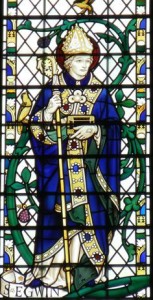
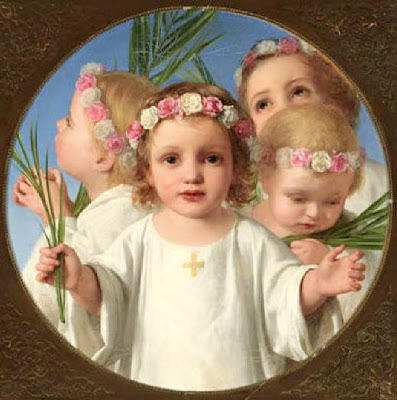 ‘Holy Innocents’ –Image Courtesy: The Balanced Center
‘Holy Innocents’ –Image Courtesy: The Balanced Center 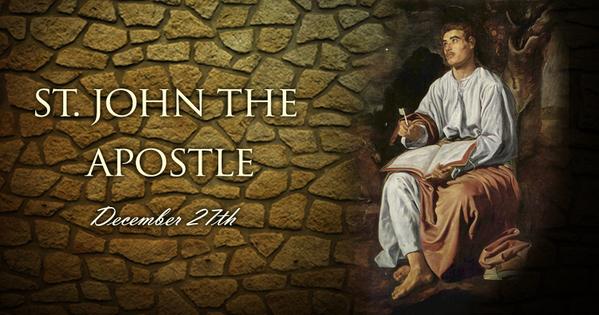 St. John the Apostle –Image Courtesy: CNA@Twitter
St. John the Apostle –Image Courtesy: CNA@Twitter  Saint Stephen the Martyr
Saint Stephen the Martyr